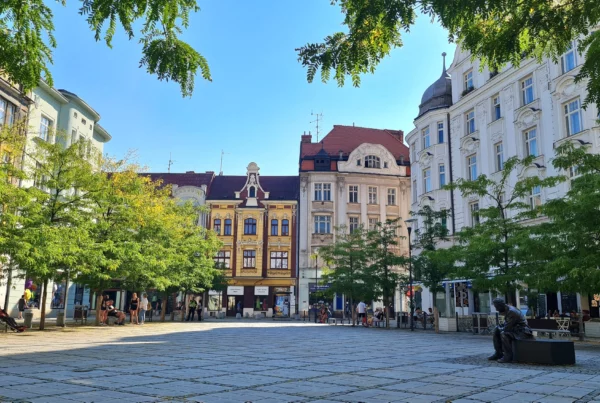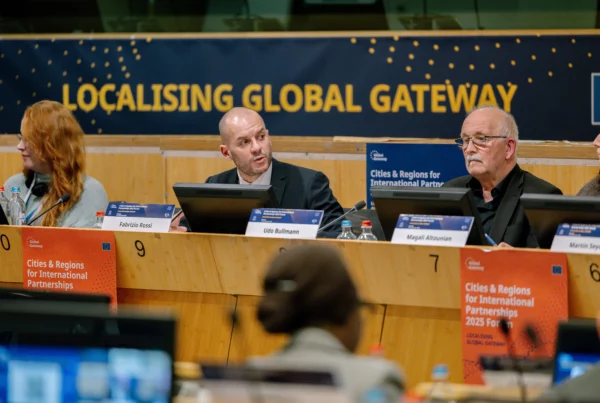Becoming More Energy Efficient: CEMR’s Key Messages for the EU’s Legislative Review on Energy
As the European Union prepares to revise its energy legislation, the Council of European Municipalities and Regions (CEMR) is calling on the EU and national governments to place local and regional authorities at the heart of the energy transition.
Cities and regions across Europe are already taking bold steps to become more energy-efficient, reduce emissions, and build climate-resilient communities. But to succeed, they need enabling legislation, access to funding, and recognition of their existing efforts. The forthcoming reviews of the Energy Efficiency Directive, the Energy Performance of Buildings Directive, and the Renewable Energy Directive are key opportunities to strengthen local involvement and accelerate the green transition.
Four Key Messages from CEMR
1. Governance: Empower Local and Regional Authorities
CEMR urges EU institutions to embrace a shift towards inclusive, multi-level governance. Local and regional governments are no longer just implementers, they are now co-drivers of the energy transition. The EU must ensure that subnational authorities are directly involved in preparing and implementing national energy and climate plans. A bottom-up approach is not only more democratic but also more effective in engaging citizens and delivering tangible results on the ground.
Many local governments have already developed Sustainable Energy and Climate Action Plans through initiatives like the Covenant of Mayors. These efforts show that local leadership is essential to reaching EU targets for 2030, including a 40% reduction in greenhouse gas emissions and a 27% share of renewable energy.
2. Regulation: Promote Flexibility and Policy Integration
CEMR advocates for flexible regulations that acknowledge the diverse realities across Europe. While energy efficiency goals are shared, the path to achieving them must be adaptable to local contexts. The principle of subsidiarity must guide legislation, allowing local governments to balance economic, social, and environmental priorities.
Local authorities must also retain discretion in public procurement, especially when it comes to energy performance requirements. Instead of imposing rigid obligations, the EU should provide guidance and incentives, for instance, by supporting the use of life-cycle costing and encouraging innovation in decentralised energy systems.
3. Financing: Ensure Access to Funding
Ambitious targets demand robust financial support. Cities and regions need accessible and flexible financing tools to renovate public buildings, deploy renewables, and invest in low-carbon infrastructure. CEMR stresses the importance of tailored financial mechanisms, such as off-balance sheet financing and favourable loans supported by the European Investment Bank or Member States.
The EU must also address legal and procedural barriers to joint procurement and bundled investments across municipalities. Initiatives like the CITYnvest project show how collaboration can unlock innovative financing and accelerate energy-efficient renovation.
4. International Cooperation: Strengthen Global Partnerships
CEMR, together with its PLATFORMA partners, champions international cooperation among local and regional authorities. Building on the legacy of strong local governance, these partnerships support low-carbon development worldwide.
CEMR also plays an active role in global advocacy through forums like the UNFCCC COPs and Habitat summits. The international community is increasingly recognising the value of local action, and European cities are leading the way.
Conclusion
CEMR stands ready to support the EU’s energy transition, but success hinges on empowering local and regional governments. With the right governance, flexible regulation, accessible financing, and global collaboration, the EU can deliver a just, effective, and locally driven pathway to a sustainable energy future.
For more information, contact:

Advisor – Environment and mobility






